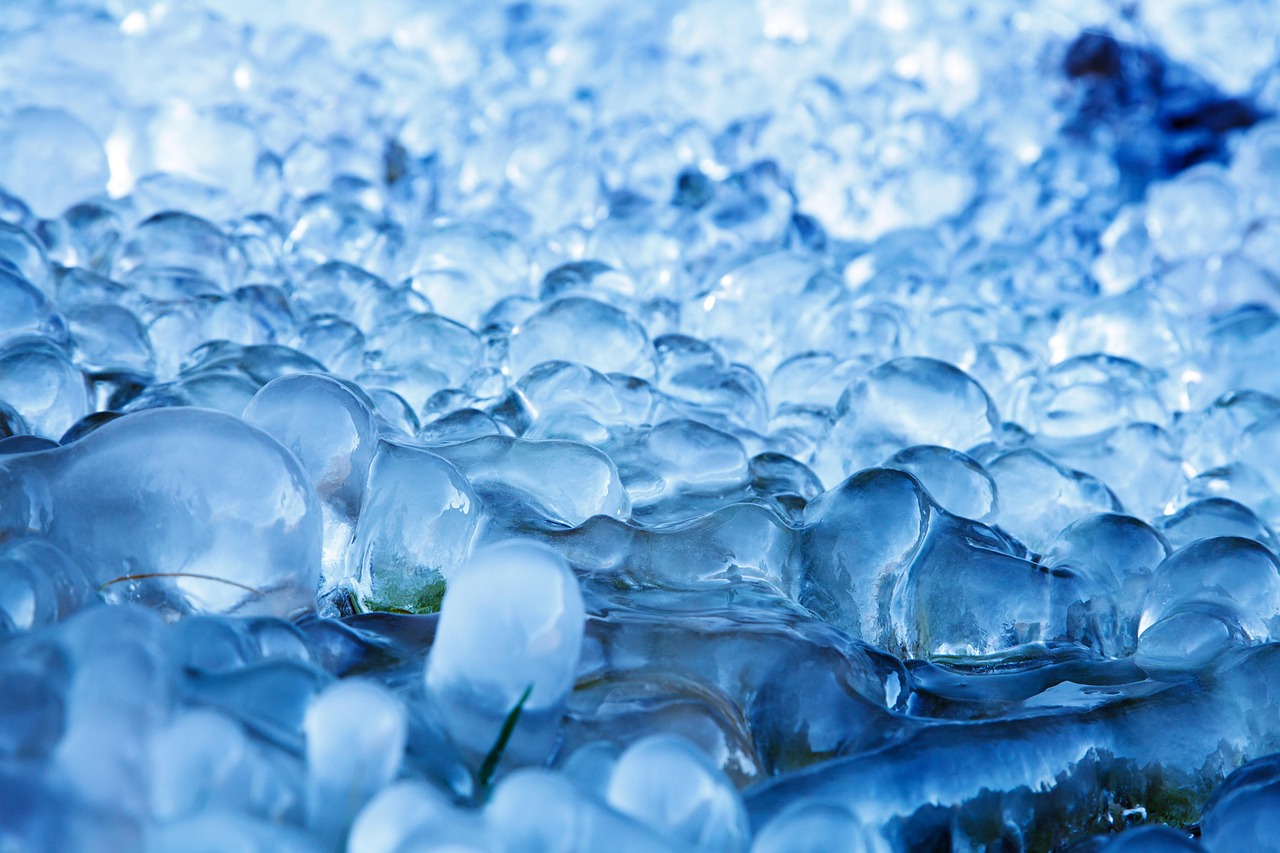Cold Energy

Pixabay
Very important information, including what it might mean for the myriad of questions about cold, such as freezing for medical purposes and using it in computers, and even what it might mean for finding the big question about the record of freezing.
From freezing tissues and organs in cryogenics to storing biological samples in life banks with chambers, cold acts as a guardian. Its power allows you to slam the brakes on things that naturally break and keep complex things in top shape with super-precise control, even when it's hot.
In top-tier labs, cold does more than freeze things; it actually uncovers things. Approaching absolute zero (−273.15°C) causes atoms to relax, allowing scientists to peek into quantum phenomena that are usually out of sight.
Bose-Einstein condensation: It's this super-weird thing that only appears when things are super-cold. Superconductivity is when certain materials allow electricity to flow through them without resistance, and this only happens when they're super-cold.
Casimir effect and vacuum exploration: Strange things happen super-close together, all because of the excess energy in empty space, and you can actually see it in some really remote places in Africa. The future of computing requires ultra-low-temperature qubits, the basic units of quantum information. They only remain useful when it's very cold, like near absolute zero. The cold doesn't stop us from moving forward; it's actually helping us.
It enables quantum coherence: maintaining simultaneous information states. It reduces thermal noise, ensuring stability in quantum systems.
Reference
Physics for Science and Technology. II by Paul Allen Tipler, Gene Mosca, 2004.
The Power of Cold by WIM HOF, KOEN DE JONG, 2017.
Renewable Energy by Laura Jarauta, 2014.